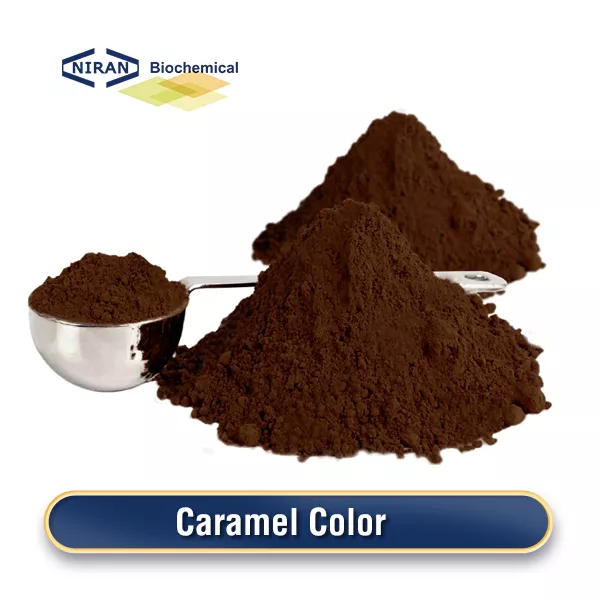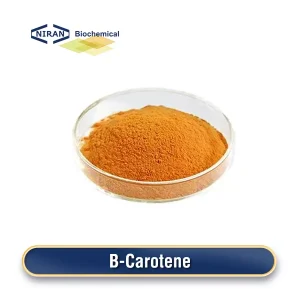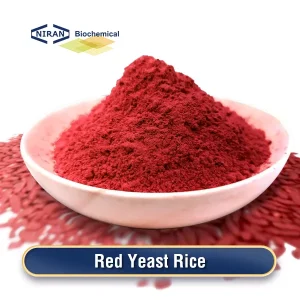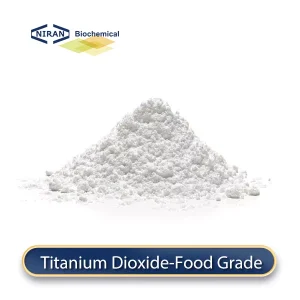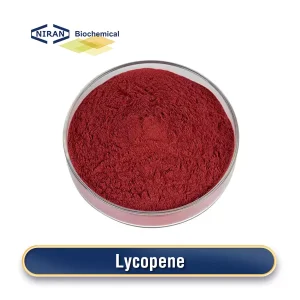Niran Biochemical
YOUR RELIABLE FOOD INGREDIENTS
Send Inquiry
Caramel Color-Food Grade
- CAS: 8028-89-5
- Chemical Formula: C10H10O
- Certification: KOSHER, ISO, HALAL, FSSC22000, BRC, etc.
- MOQ: 1000KG
- Shelf Life: 2 Years
Inquire Product
Product Description
What is Caramel Color-Food Grade?
Food-grade caramel color is a colorant used in food and beverages. It comes in shades ranging from light brown to dark brown and can appear as either a liquid or a powder. It is made from sugars through a heated caramelization reaction, has good color stability, and is suitable for a variety of foods and beverages, such as beverages, baked goods, and seasonings.
The main preparation processes for food-grade caramel color include caramelization, amino acid method, and ammonium sulfate method. It is the most common process and is suitable for most foods and beverages because of its simple process and low cost. In China, this process is widely used due to its universal applicability.
The amino acid method involves the reaction of sugars with amino acids at high temperatures to produce caramel color with high stability, which is mainly used for products with high requirements for color stability, such as beer and seasonings. Although this method is more important in specific applications, its overall scope of use is smaller than the caramelization method.
The ammonium sulfate method produces caramel color by reacting sugars with ammonia and sulfuric acid, and is mainly used in foods that require extremely high stability, such as certain seasonings and soy sauce. This method is more commonly used under specific needs, but overall it is not as common as caramelization.
Related parameters:
| ITEM | STANDARD |
| E 0.1%1CM (610nm) Absorbance | 0.259-0.285 |
| Specific Gravity(25°C) | 1.255-1.270 |
| Viscosity(25°C)=< Cps | 8000 |
| PH Value | 2.7-3.3 |
| Haze Point>= mins | 40 |
| Gelation Time >=mins | 100 |
| Resinification >= hrs | 20 |
| Isoelectric Point =< | 1.0 |
| Acid Stability Test | No Haze |
| Alcohol Test(50% V/V alcohol solution | No Haze |
| Ammoniacal Nitrogen(As NH3) =< % | 0.5 |
| Sulfur Dioxide(as SO2) =< % | 0.1 |
| Total Nitrogen(as N) =< % | 3.3 |
| Total Sulfur(as S) =< % | 3.5 |
| 4-Methyl Imidazole =< mg/kg | 200 |
| Arsenic(As As) =< mg/kg | 1.0 |
| Lead (As Pb) =< mg/kg | 2.0 |
| Heavy Metals(As Pb) =< mg/kg | 25 |
| Mercury(As Hg) =< mg/kg | 0.1 |
Recommended dosage:
| Food name | Maximum usage(g/kg) |
| Carbonated drinks | 0.1 – 0.5 g/kg |
| Beer | 0.1 – 0.3 g/kg |
| Fruit drinks | 0.05 – 0.1 g/kg |
| Soy sauce | 0.5 – 1.0 g/kg |
| Barbecue sauce | 0.2 – 0.5 g/kg |
| Seasonings | 0.1 – 0.3 g/kg |
| Chocolate | 0.1 – 0.3 g/kg |
| Candy | 0.1 – 0.3 g/kg |
| Canned food | 0.1 – 0.3 g/kg |
| Dairy products | 0.1 – 0.2 g/kg |
| Sauces | 0.2 – 0.5 g/kg |
| Spices | 0.1 – 0.2 g/kg |
Caramel Color-Food Grade has a wide range of uses
- Coloring function: The main function of food-grade caramel color is to provide color to foods and beverages, making the products visually attractive. It can range from light brown to dark brown, and can mimic the colors in natural foods, improving the appearance of products and making them more attractive and consistent.
- Improve appearance: Caramel color can be evenly distributed in foods and beverages, improving the appearance consistency of products. It can mask the natural color differences of raw materials, making the final product color more uniform and beautiful.
- Stability and tolerance: Caramel color has good stability under a variety of food processing conditions, including different pH values and temperatures. It can withstand high temperature treatment and storage conditions during processing and maintain its color. This makes caramel color particularly suitable for foods that are stored for a long time or heat-treated.
- Improve the market appeal of food: By adjusting the concentration of caramel color, manufacturers can adjust the color of food according to consumer preferences and market demand, thereby enhancing the market competitiveness of products. The use of caramel color can help brands stand out visually and enhance the attractiveness of products.
User asked question:
Q: Is food grade caramel color organic? What are its natural alternatives?
A: Food grade caramel color is a color made from sugars through heating and caramelization reaction, so it can be considered an organic substance. The production process of caramel color does not involve any synthetic chemicals and mainly relies on the heating reaction of sugars, so it is considered natural in many foods and beverages.
Its natural alternatives include carotene, red yeast rice, etc.

